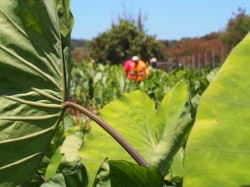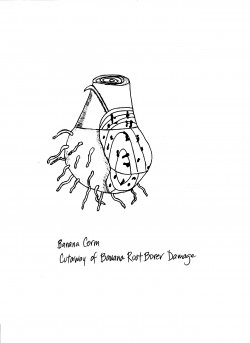GE Crop Debate Shakes Molokai

A single initiative on the November election ballot has the Molokai community in such a heated debate that “vote yes” and “vote no” only refer to one thing: whether or not the cultivation of all genetically engineered crops in Maui County should stop while studies are done examining effects on human health and the environment.
The “vote no” campaign opposes the initiative, highlighting the hundreds of jobs on the line that could be lost in Maui County if a moratorium on growing genetically engineered (GE) crops goes through. Supporters of the initiative say they don’t want farming practices they believe are detrimental to land and people to continue without a comprehensive, independent study completed.…













